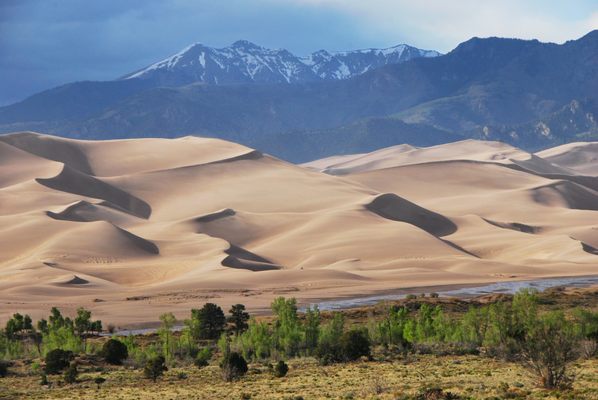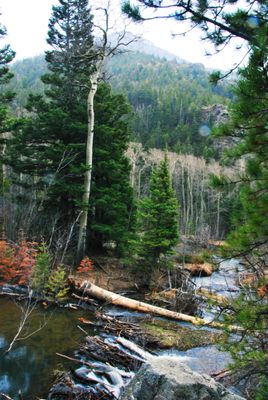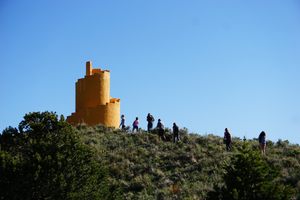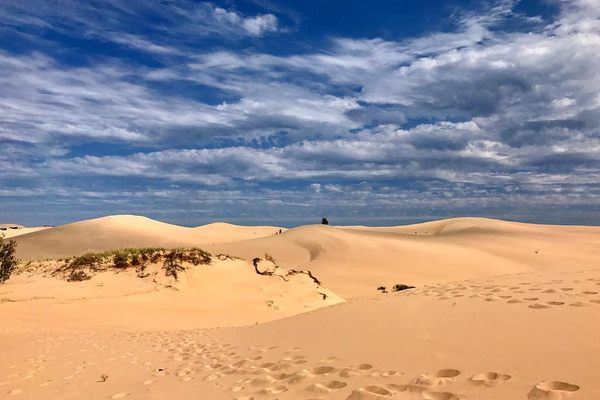About
The Great Sand Dunes National Park and Preserve is known for its dramatic, sweeping dunes set against the Sangre de Cristo Mountains. But during the warmer months, when the snowpack in the mountains begins to melt, it’s also home to a rare sight in landlocked Colorado: a beach.
When snowpack melts, the water flows down the mountains, into Medano Lake, and downstream towards the feet of the Great Sand Dunes, where it creates a temporary, seasonal body of water called Medano Creek. (Medano is the Spanish word for “sand dune,” and it’s pronounced MED-ah-no.) While water usually begins flowing in mid- to late April, the month of May usually sees the creek’s peak water flow.
The water in the creek often looks like waves, or even small rapids, which is a phenomenon called “surge flow.” Underwater sand ridges continuously build up then break roughly every 20 seconds, sending a wave downstream. And while the water begins very cold up in the mountains, the shallow, wide stream of Medano creek makes it far more temperate.
This rush of water turns the picturesque dunes into a pristine beach and each spring and summer, you’ll find locals and tourists alike setting up tents, chairs, and even inner tubes like they’re on the ocean. While the water doesn’t get particularly deep, its active movement makes it ideal for inner tubing or skimboarding.
Related Tags
Know Before You Go
Since Medano Creek’s water comes from the nearby mountains’ melting snow, the best time to enjoy the creek to the fullest is spring and early summer. The water’s flow usually peaks during May, but crowds—and traffic—often hit their peaks in June. If you’re planning to visit in May or June, note that weekdays are far less crowded.
Published
May 14, 2024

























